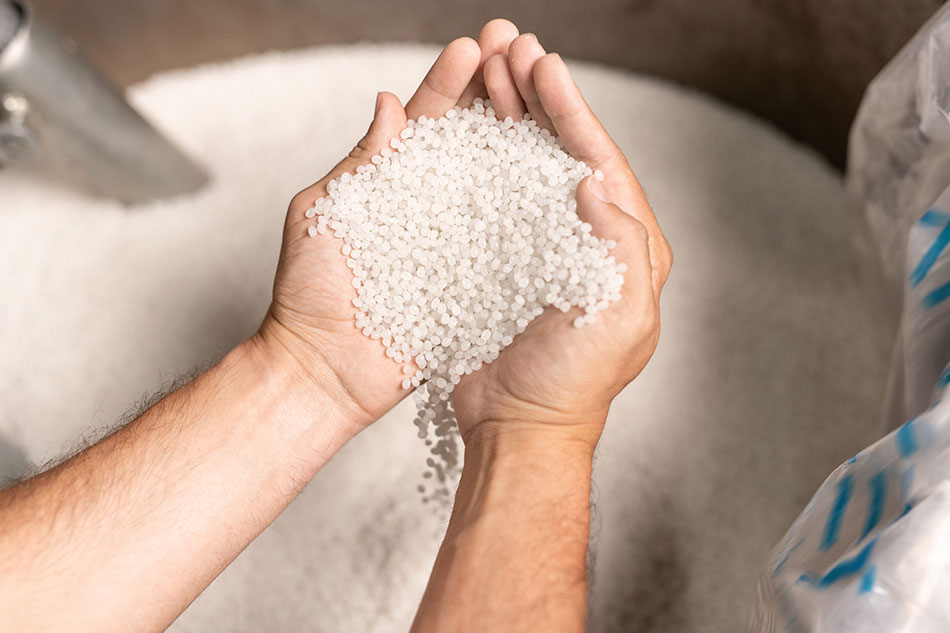There are several important factors to consider when you’re trying to find the right material to make your project. Plastics are being used more than ever because they’re low-cost, versatile, and efficient. Some plastics are strong and durable and can be used to make many things. Others are more transparent and flexible. You want your project to turn out perfectly so it can serve its intended purpose. Look at all of your options to be sure you use the right resin to get the best results possible.
Be sure to define the purpose of the part and what qualities it will need to have to work properly. Determine how strong it needs to be and how long it needs to last. Consider what chemicals or environmental conditions it could be exposed to. You also need to consider how much pressure or weight the part needs to be able to withstand. If you want the finished product to look a certain way you will need to choose a resin that produces the color, finish, and transparency you’re looking for.
Choosing the right resin for your project affects the texture, color, strength, and transparency of the final product. If you’re going to match to an existing color, colorant formulation is dependent upon the base resin. You have to be sure the resin you choose will be durable and look the way it should. Depending on what your part will be used for there could be regulatory standards and requirements to meet. If it will be used by children or for serving food there are certain requirements regarding what you can use.
There are many different types of resin that have different properties and qualities. You have to think about flexibility, strength, and even environmental factors that the part will be exposed to when looking for the best option. There are several categories of resin for thermoplastics that have different properties. There are commodity resins, engineering resins, and specialty resins (which are the most expensive of the three).
Commodity resin is most commonly used because it is the cheapest and easiest to work with. Engineering resins are stronger and more resistant to damage. Specialty resins have higher strength. They also have better heat and chemical resistance than engineering resins. The higher cost reflects the quality of the material.
The characteristics of these resins can be broken down even further depending on whether they are semi-crystalline or amorphous. Amorphous resins shrink less during the cooling process and have better transparency, but are brittle and aren’t chemical resistant. Semi-crystalline resins lack transparency, are extremely durable and chemical-resistant. They have better strength and less shrinkage.
Deciding which resin to use for your project can be a challenging task. Outline your project and define what it will be used for. This can help you figure out which type of resin will work best. Find the category of resins that best suits the results you’re looking for. You have to understand the qualities of each choice that’s available. Decide which grade of resin will look and perform the way you need it to. This is important if you want to create a perfect result.



